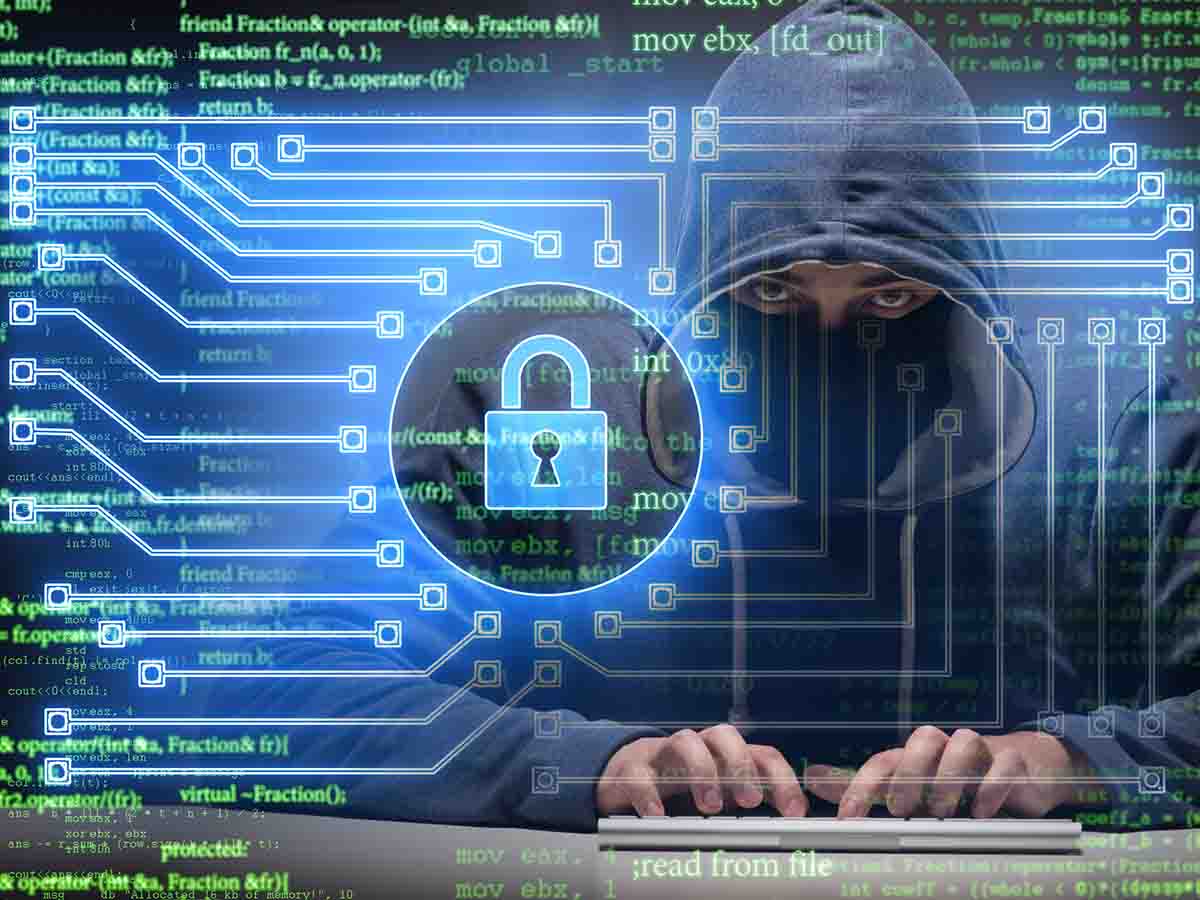Unauthorized access is when someone gains entry or access to a system, data, or resource without the required permission. It essentially means an individual or a program is accessing a part of a system where they have no rights or explicit permission to be. This can lead to theft or manipulation of data, disruption of services, and potential harm to the system or network.
1. The Student Intruder
A common example of unauthorized access is a situation that might occur in a school setting. Let’s say a student somehow gets their hands on a teacher’s login credentials. The student then uses this information to log into the school’s grading system. This is a clear misuse of the information because the student doesn’t have the necessary permission to access those resources and data. The student is now in a position where they can potentially alter grades, manipulate data or access confidential information about other students. This effectively compromises the integrity of the system.

Stay One Step Ahead of Cyber Threats
2. The Corporate Hacker
In this instance, consider a hacker who is seeking to gain unauthorized access to a company’s confidential database. The hacker may employ various tactics such as launching a phishing attack or exploiting software vulnerabilities to break into the systems. Once inside, they can steal sensitive customer information such as names, addresses, credit card details, or other private data. This is a prime example of unauthorized access because the hacker doesn’t have any permission to access or handle this sensitive data. The implications of such an incident can be serious, as it puts the customers’ privacy and the company’s reputation at risk.
3. The Curious Employee
Picture this: an employee at a firm comes across a file folder labeled “Confidential” on the company’s server. Even though this employee isn’t in a position that requires viewing these documents and doesn’t actually have permission to access them, curiosity gets the better of them and they decide to take a peek. They access and read documents that are limited to higher management. This is unauthorized access because the employee does not have the explicit rights to read or open these files. They may end up witnessing sensitive company strategies or information that they’re not supposed to see and could possibly misuse or unintentionally leak this information.
Conclusion
Unauthorized access, no matter the context, poses significant risks to data integrity, privacy, and security. It’s crucial to take proactive steps, such as enforcing strong access control and educating users, to prevent such breaches and protect sensitive information.
Key Takeaways
- Unauthorized access is when someone gains entry or access to a system, data, or resource without the required permission.
- It can lead to data theft, manipulation, and service disruption, causing harm to the system or network.
- Examples of unauthorized access can range from a student illicitly accessing the school’s grading system to a hacker breaking into a corporate database.
- Unauthorized access isn’t limited to external threats; internal threats such as curious employees can also pose a risk.
- Maintaining strong access control and educating users about the risks and implications of unauthorized access are vital preventative measures.
Related Questions
1. What is an access control policy?
An access control policy is a set of rules that determine who is allowed to access or modify the data within a system. It helps protect sensitive information by limiting access to authorized individuals.
2. What’s the difference between hacking and unauthorized access?
Both involve illicitly breaching security systems, but they differ in scope and techniques. Hacking is a broader term that encompasses various methods to exploit weaknesses in a system or network, while unauthorized access refers specifically to gaining access to data or resources without permission.
3. Can an ordinary user perform unauthorized access?
Yes, an ordinary user can potentially gain unauthorized access if they manage to acquire login credentials they aren’t supposed to have or if they exploit a weak point in system security. Hence, it’s crucial to regularly update passwords and patch vulnerabilities.
4. How can unauthorized access be prevented?
There are several ways to prevent unauthorized access, including setting strong passwords and changing them regularly, implementing two-factor authentication, limiting access rights, and continuously updating and patching software for security vulnerabilities.
5. What is the role of cybersecurity in preventing unauthorized access?
Cybersecurity plays a central role in preventing unauthorized access as it encompasses the strategies, tools, and practices aimed at protecting systems, networks, and data from digital attacks, including those that result in unauthorized access.
"Amateurs hack systems, professionals hack people."
-- Bruce Schneier, a renown computer security professional






